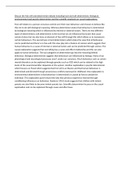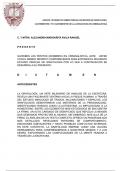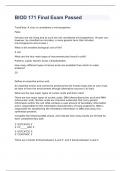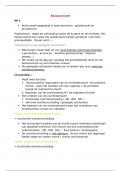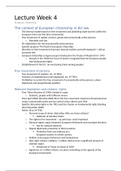Samenvatting
Virology Tutorials Summary
- Instelling
- Universiteit Utrecht (UU)
This is a summary I made while following the tutorial of the (electives) Virology course. The main viruses are covered during the tutorials are summarized in this document. Other life sciences master's program can also take this course as an elective. Alongside the tutorials, the lectures are also ...
[Meer zien]





